Functional Packaging: Protecting and Showcasing Tech Accessories
-
By: Caroline Ray
-
February 26, 2025
What if your tech accessories not only arrived intact but were showcased like precious jewels, leaving a lasting impression? In the world of tech, packaging is no longer just a protective shell; it serves as a storyteller, conveying your brand’s identity and enhancing customer experiences. This article delves into how functional packaging protects and showcases tech accessories effectively, aligning aesthetics with security. Discover how to navigate the evolving demands of consumers and market trends, ensuring your brand stands out while keeping your products safe and sound. Explore the strategic blend of protection and presentation in tech accessory packaging.
The Importance of Functional Packaging for Tech Accessories
Functional packaging is crucial in the tech industry, where the dual objectives of protection and visual appeal must coexist. For tech accessories, packaging must safeguard delicate components while also presenting the product attractively to entice consumers. By combining aesthetic elements with robust protective features, packaging not only enhances brand perception but also elevates the user’s experience from the moment of unboxing.
The functional purposes of tech accessory packaging extend beyond mere presentation. Primarily, it serves as a barrier against physical damage, ensuring that gadgets reach consumers in pristine condition. Security against tampering is another critical aspect, with packaging designed to indicate any unauthorized access. This builds consumer trust in the product’s integrity. Additionally, functional packaging must consider the environmental impact, incorporating sustainable materials without compromising on durability. These elements collectively support a brand’s image as both responsible and innovative.
Cost-efficiency is another key consideration in packaging design, influencing the choice of materials and the overall size of the package. Optimum size selection not only reduces material waste but also minimizes shipping costs, making it a financially viable option for businesses. By carefully balancing these factors, companies can effectively protect and showcase their tech accessories, appealing to both eco-conscious and cost-sensitive consumers.
Innovative Materials for Tech Accessory Packaging

Selecting the right materials for tech accessory packaging is pivotal in balancing functionality, sustainability, and aesthetic appeal. The materials chosen must not only protect the delicate components of tech devices but also enhance their presentation and align with brand values. Innovative packaging designs often incorporate advanced materials that offer durability and a sophisticated look without compromising on environmental responsibilities. As consumer awareness grows, brands are increasingly adopting eco-friendly materials that minimize waste and promote sustainability, ensuring that their packaging solutions resonate with environmentally conscious customers.
- Rigid Boxes: Known for their durability and premium feel, rigid boxes provide excellent protection for tech devices while offering a sleek and elegant presentation.
- Paperboard: Lightweight and versatile, paperboard is often used for its cost-effectiveness and ability to be easily customized with branding elements.
- Corrugated Cardboard: Offers robust protection with its multi-layer structure, making it ideal for shipping and storing tech accessories safely.
- Cotton Bags: An eco-friendly alternative for packaging smaller accessories, cotton bags are reusable and convey a message of sustainability.
- Plastics: Used for their versatility and ability to form custom shapes, plastics provide a clear view of the product while maintaining protection.
- Jute and Padded Mailers: Jute offers a natural, biodegradable option, while padded mailers add cushioning to protect against impact during transit.
The shift towards eco-friendly innovations in packaging design significantly impacts how brands approach their packaging strategies. By incorporating recycled and biodegradable materials, companies not only reduce their environmental footprint but also enhance their brand image as leaders in sustainability. This approach not only fosters a positive relationship with consumers but also positions brands at the forefront of environmentally responsible practices in the tech industry.
Trends in Tech Packaging Design
The influence of social media, particularly platforms like TikTok and YouTube, has significantly shaped packaging design trends for tech accessories. Unboxing videos have become a popular content form, driving brands to create packaging that is not only functional but also visually captivating. These videos highlight the importance of aesthetically pleasing packaging, as they often serve as the first impression of a product, enhancing consumer experience and brand perception. To capitalize on this trend, companies invest in design elements that stand out on camera, incorporating vibrant colors, unique textures, and creative opening mechanisms. As a result, packaging becomes an essential part of the storytelling process, contributing to a memorable unboxing experience that can be shared widely online.
In addition to visual appeal, packaging plays a pivotal role in the marketing strategies of tech products. It acts as a digital touchpoint, bridging the gap between online and offline consumer interactions. In e-commerce, where physical engagement is limited, packaging is a crucial element that communicates brand values and quality. Effective packaging solutions serve as marketing vehicles by prominently displaying brand logos and messages, reinforcing brand identity. Moreover, packaging that is easy to open and reuse can enhance customer satisfaction, leading to increased loyalty and repeat purchases. By aligning packaging design with marketing objectives, brands can effectively differentiate themselves in a competitive market, ensuring their products capture consumers’ attention both in-store and online.
Case Studies: Effective Packaging in Action

Examining successful packaging examples offers valuable insights into how effective packaging enhances user experience and reinforces brand identity. These case studies highlight how packaging can fulfill multiple roles, from protecting products to serving as a powerful branding tool that influences consumer perceptions and drives sales.
Apple’s Packaging Strategy
Apple’s packaging strategy is centered around creating a sensory-rich experience that integrates packaging into the customer journey. By stimulating all the senses, Apple ensures that their packaging not only protects the product but also enhances the user’s anticipation and excitement. The tactile feel of the packaging materials, the precise fit of the components, and the visual appeal of the design all contribute to an immersive unboxing experience. This approach underscores Apple’s commitment to quality and innovation, presenting packaging as an extension of the product itself and an integral part of its overall branding.
iPhone Packaging
The iPhone’s packaging exemplifies simplicity and elegance, contributing significantly to user satisfaction. Apple meticulously designs the iPhone’s packaging to reflect its sleek and modern aesthetic, focusing on clean lines and minimalistic design. The packaging is crafted to create a seamless unboxing process, with each element purposefully arranged to guide the user through the experience effortlessly. Attention to detail, such as the soft touch of the materials and the subtle sound of the box opening, enhances the overall experience, making it memorable and gratifying for the consumer. This level of refinement in packaging design not only protects the iPhone but also elevates its perceived value.
The strategies employed by Apple in their packaging design have a profound impact on consumer perception and sales. By turning packaging into a multi-sensory experience, Apple strengthens its brand identity and loyalty, encouraging repeat purchases and generating positive word-of-mouth. Such well-crafted packaging not only differentiates Apple products in the market but also reinforces the company’s reputation for excellence and attention to detail, ultimately driving consumer preference and boosting sales.
Sustainable Packaging Solutions for Tech Accessories
Sustainability in packaging has become a pivotal consideration for brands, particularly in the tech industry, where consumer expectations increasingly demand eco-friendliness. Sustainable packaging solutions not only enhance a brand’s image but also contribute to reducing environmental impact. By integrating eco-friendly practices, brands can cater to eco-conscious customers and align with global sustainability goals. This involves using materials that are biodegradable, recyclable, or made from renewable resources. These choices help minimize waste and decrease the carbon footprint associated with packaging production and disposal. As such, sustainability in packaging serves as a vital component of a brand’s strategy, fostering consumer loyalty and enhancing competitive advantage in the marketplace.
Recycled materials play a significant role in achieving packaging sustainability. By repurposing existing materials, brands can significantly reduce the demand for virgin resources, lowering energy consumption and greenhouse gas emissions during production. Recycled content packaging also appeals to customers who prioritize environmental responsibility, as it conveys a commitment to reducing waste. Moreover, using recycled materials does not mean compromising on quality or aesthetics; many recycled options provide durability and can be aesthetically enhanced to maintain brand appeal.
| Material | Benefit |
|---|---|
| Recycled Paperboard | Cost-effective and easily customizable, reducing waste and promoting sustainability. |
| Biodegradable Plastics | Break down naturally, reducing landfill impact and offering versatile applications. |
| Recycled PET | Durable and clear, suitable for protective packaging with a lower environmental footprint. |
| Molded Pulp | Compostable and sturdy, ideal for cushioning and protecting tech accessories. |
Expert Recommendations and Brand Spotlights

Selecting the right packaging companies for the tech industry is crucial for ensuring that products are both protected and effectively showcased. Experts recommend evaluating potential partners based on their ability to innovate in package branding and maintain consistent quality. A company’s ability to enhance brand identity through packaging is vital, as it influences consumer perceptions and loyalty. Look for providers with a proven track record of adapting to evolving industry trends and integrating sustainable practices, which are increasingly important to consumers.
Among the leaders in this field, Aigo Print Shop stands out as a reliable choice for ecommerce product packaging. Their expertise in producing high-quality, visually appealing packaging has earned them a strong reputation. Similarly, Refine Packaging is distinguished for offering a wide array of custom packaging solutions that prioritize both quality and customization. These companies exemplify innovation and reliability, making them ideal partners for brands aiming to elevate their packaging strategies and reinforce their market presence.
Final Words
Functional packaging plays a vital role in protecting and showcasing tech accessories, blending aesthetics with durability. Selecting innovative, sustainable materials further enhances this packaging, offering benefits like cost-effectiveness and eco-friendliness. Current trends highlight packaging’s impact on digital marketing and consumer engagement, driven by social media’s influence.
Effective case studies, like Apple’s, illustrate the power of thoughtful design and sensory engagement in boosting sales and brand perception. Overall, sustainable solutions and expert recommendations underscore the importance of adopting Functional Packaging That Protects and Showcases Tech Accessories to enhance brand impact and consumer satisfaction.
FAQ
What is an example of functional packaging for tech accessories?
Functional packaging for tech accessories includes designs like sturdy cases that protect gadgets from impacts and moisture, and packaging that showcases products through clear windows while keeping them secure and tamper-free.
Which are examples of packaging providing a protection function?
Packaging such as corrugated cardboard boxes, padded mailers, and rigid boxes offer protection by cushioning tech accessories from damage during transit, safeguarding electronics from physical impacts, and preventing tampering.
What is the protection function of packaging?
The protection function of packaging involves maintaining the integrity of tech accessories during transport, shielding them from external damage, and ensuring security against manipulation or tampering.
What is an example of intelligent packaging?
An example of intelligent packaging is the use of QR codes on tech accessory boxes, which can link to installation guides or product demonstrations, enhancing the user experience and providing additional information seamlessly.
What are some innovative product packaging examples?
Innovative product packaging often includes designs like reusable boxes, eco-friendly materials such as recycled plastics, and interactive elements like augmented reality labels, all enhancing consumer engagement and sustainability.
What are examples of good packaging design?
Examples of good packaging design include minimalist, sleek box structures for tech devices that balance aesthetic appeal with durability, and packaging that utilizes recyclable materials without compromising functionality.
What types of packaging box materials are used for tech accessories?
Common materials for packaging boxes include rigid boxes for durability, paperboard for lightweight protection, and padded mailers for mailing flexibility, each providing specific benefits tailored to tech accessory needs.
How are unique packaging examples important for tech accessories?
Unique packaging examples, such as custom-shaped boxes or interactive packaging, enhance brand differentiation and consumer interaction, creating a memorable unboxing experience that can influence purchasing decisions.
What is eco-friendly void fill packaging?
Eco-friendly void fill packaging includes materials like biodegradable packing peanuts or recycled paper fillers, which secure tech accessories during shipping while emphasizing environmental sustainability.

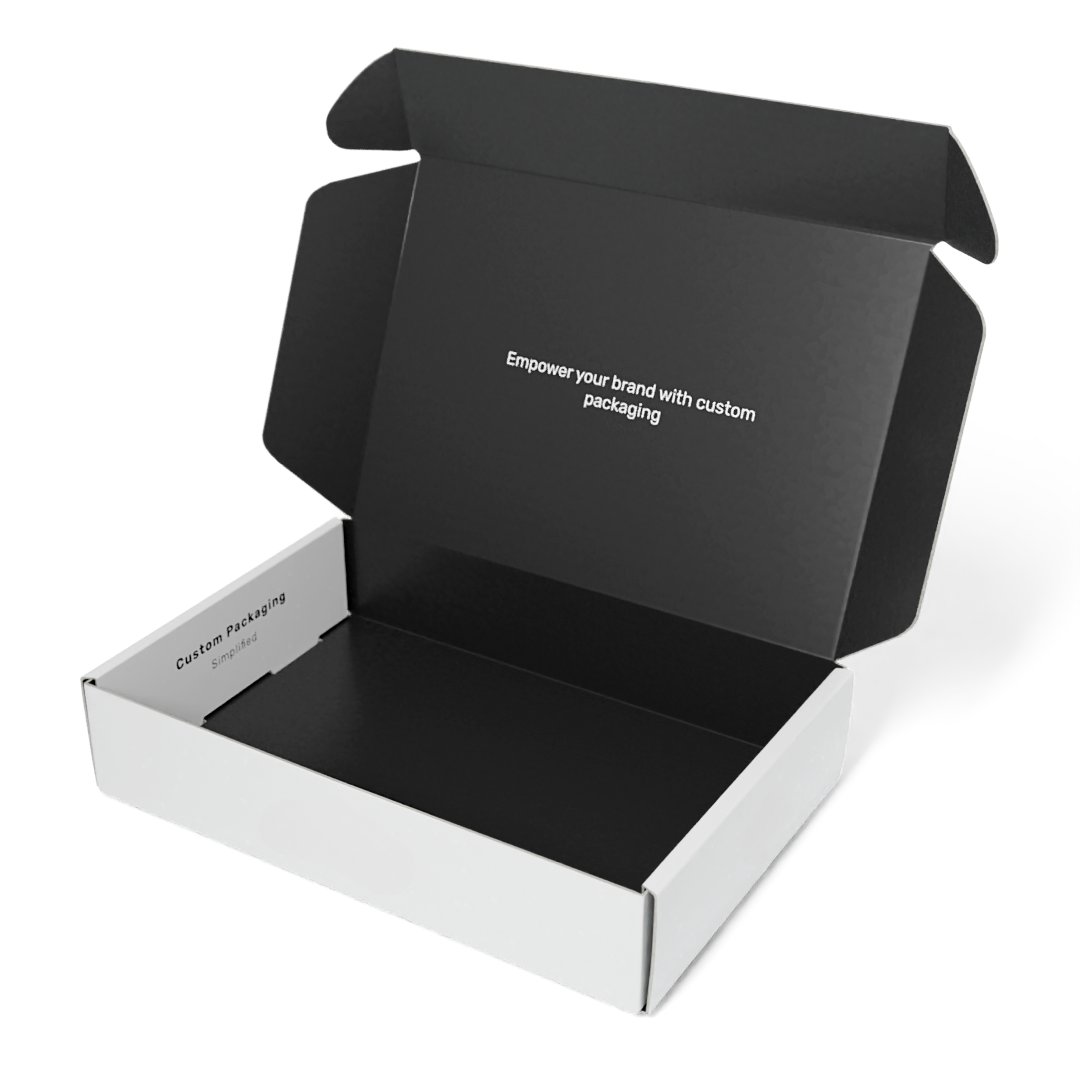
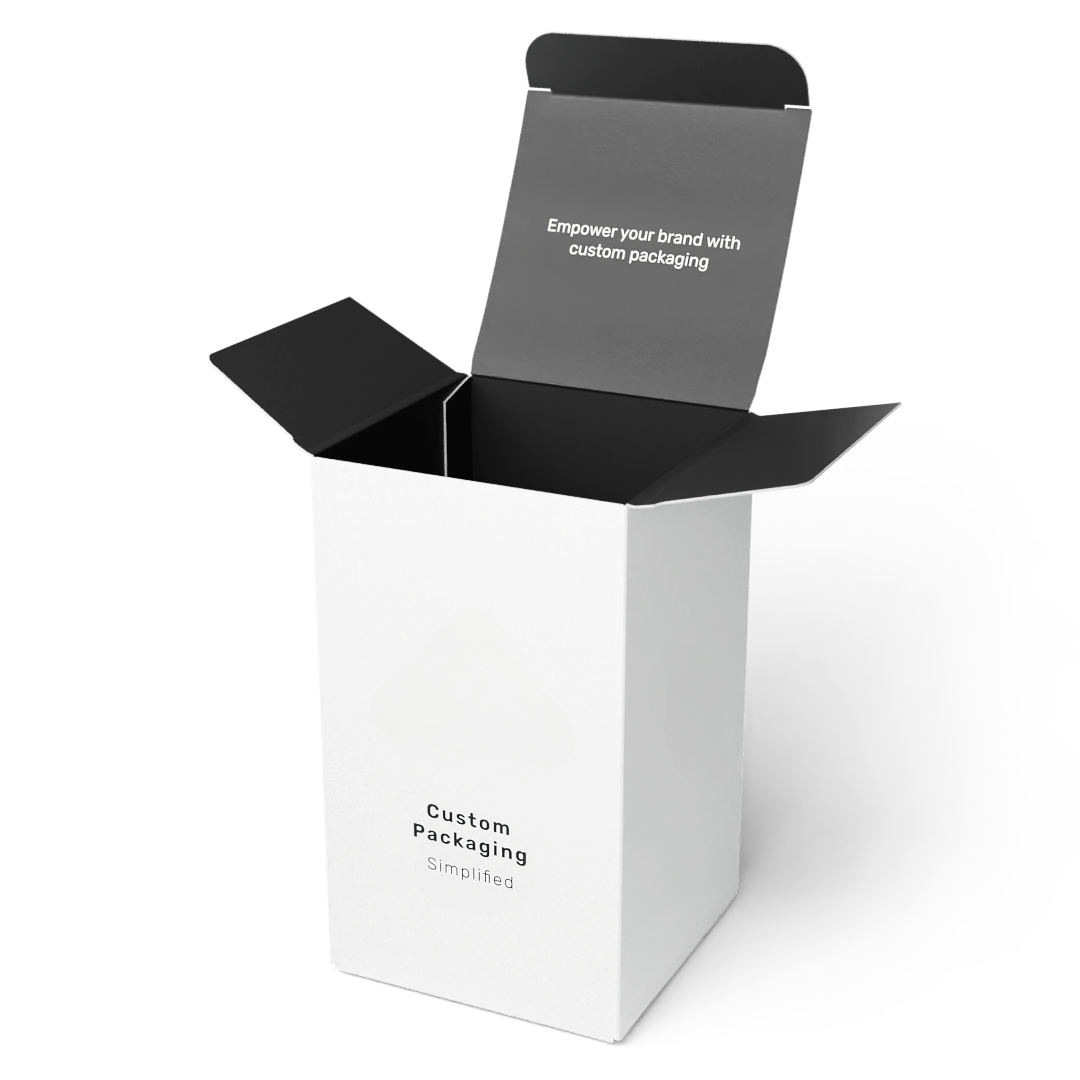
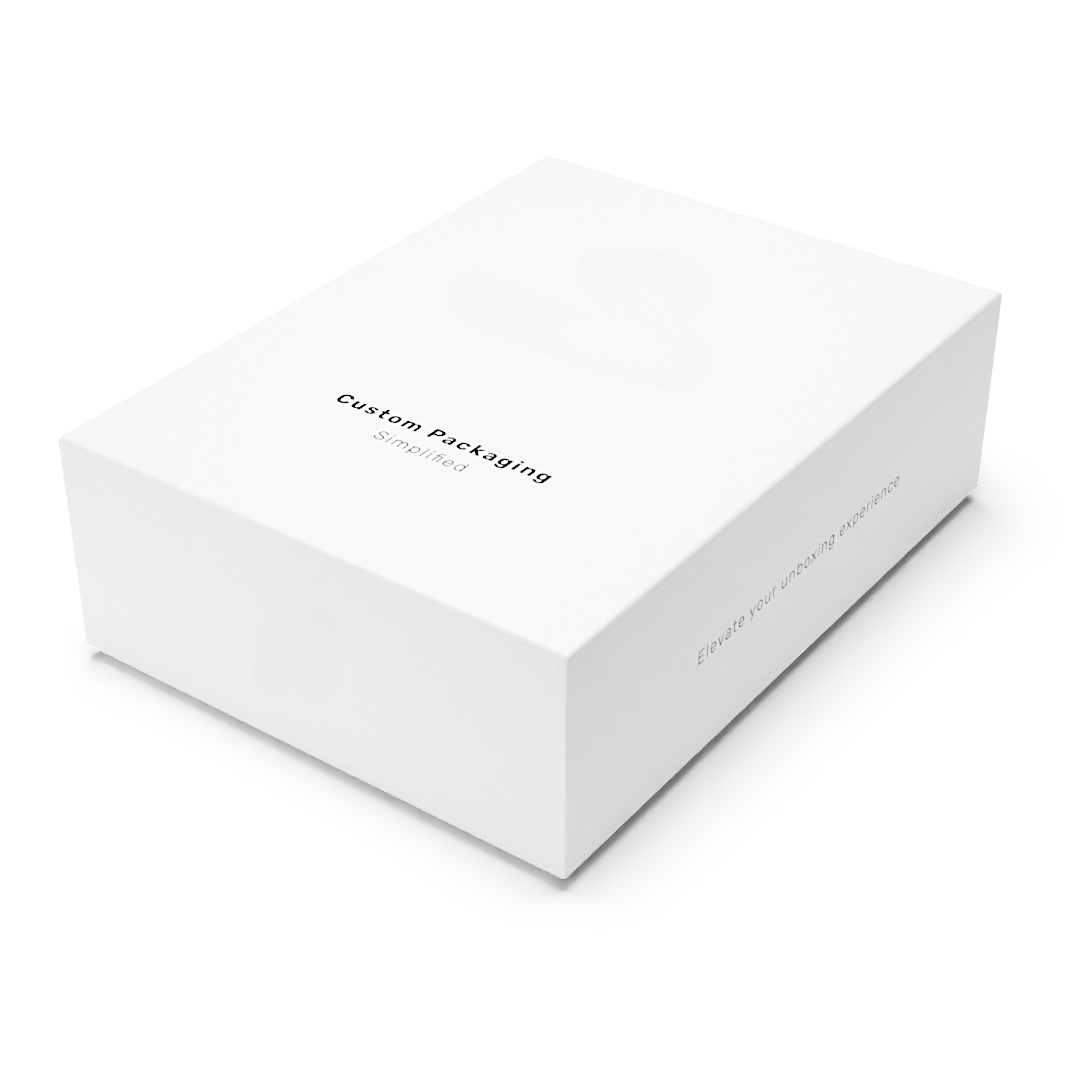
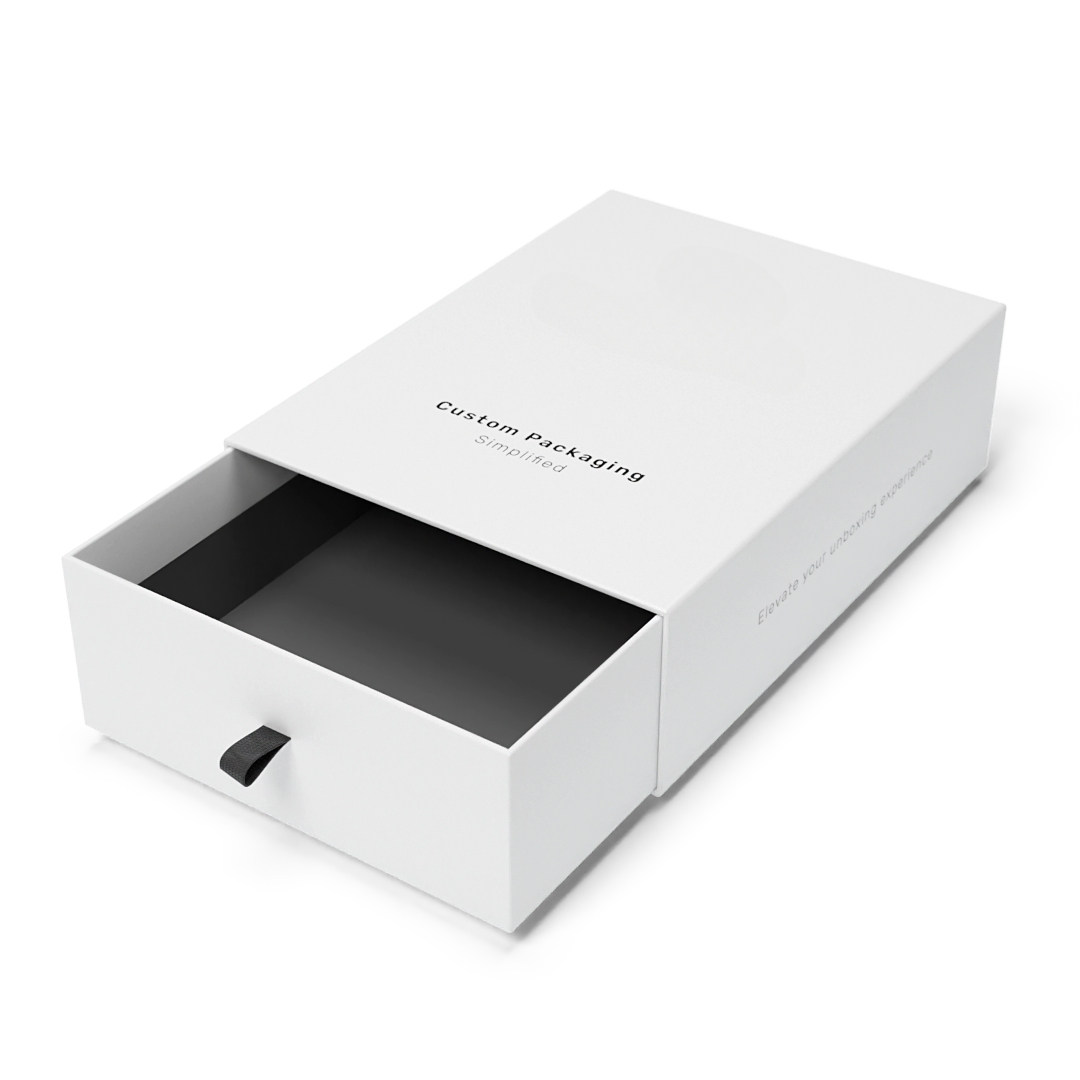
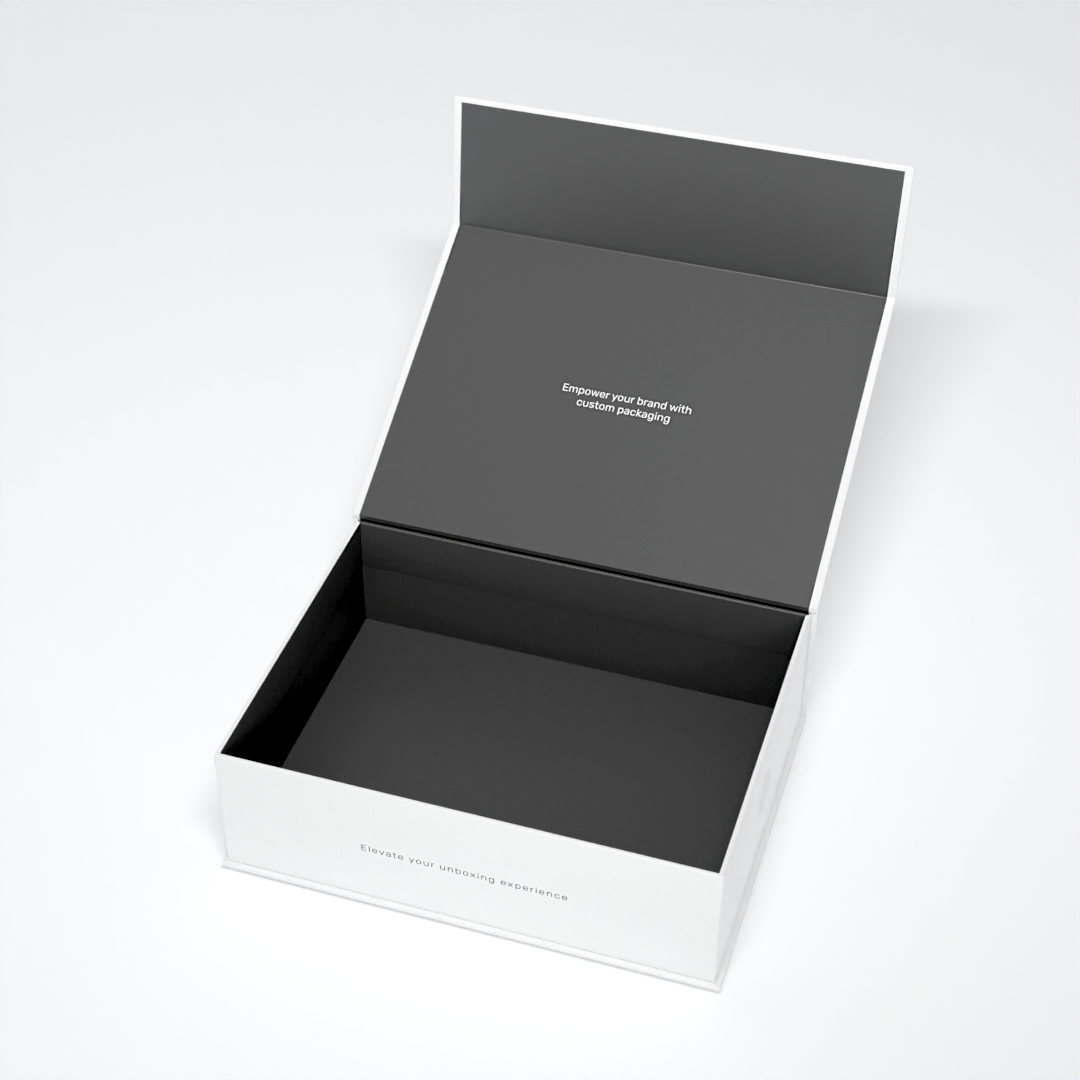
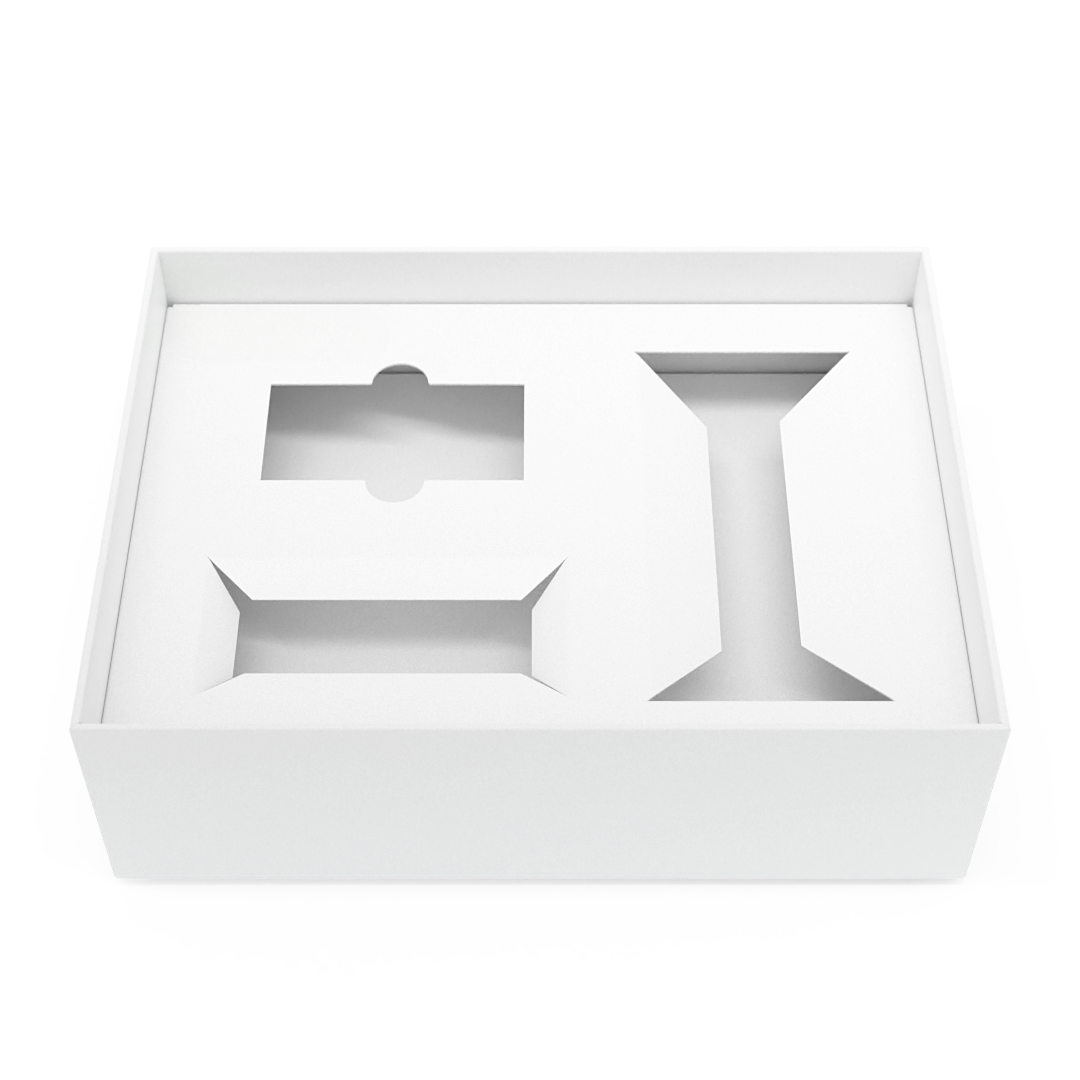
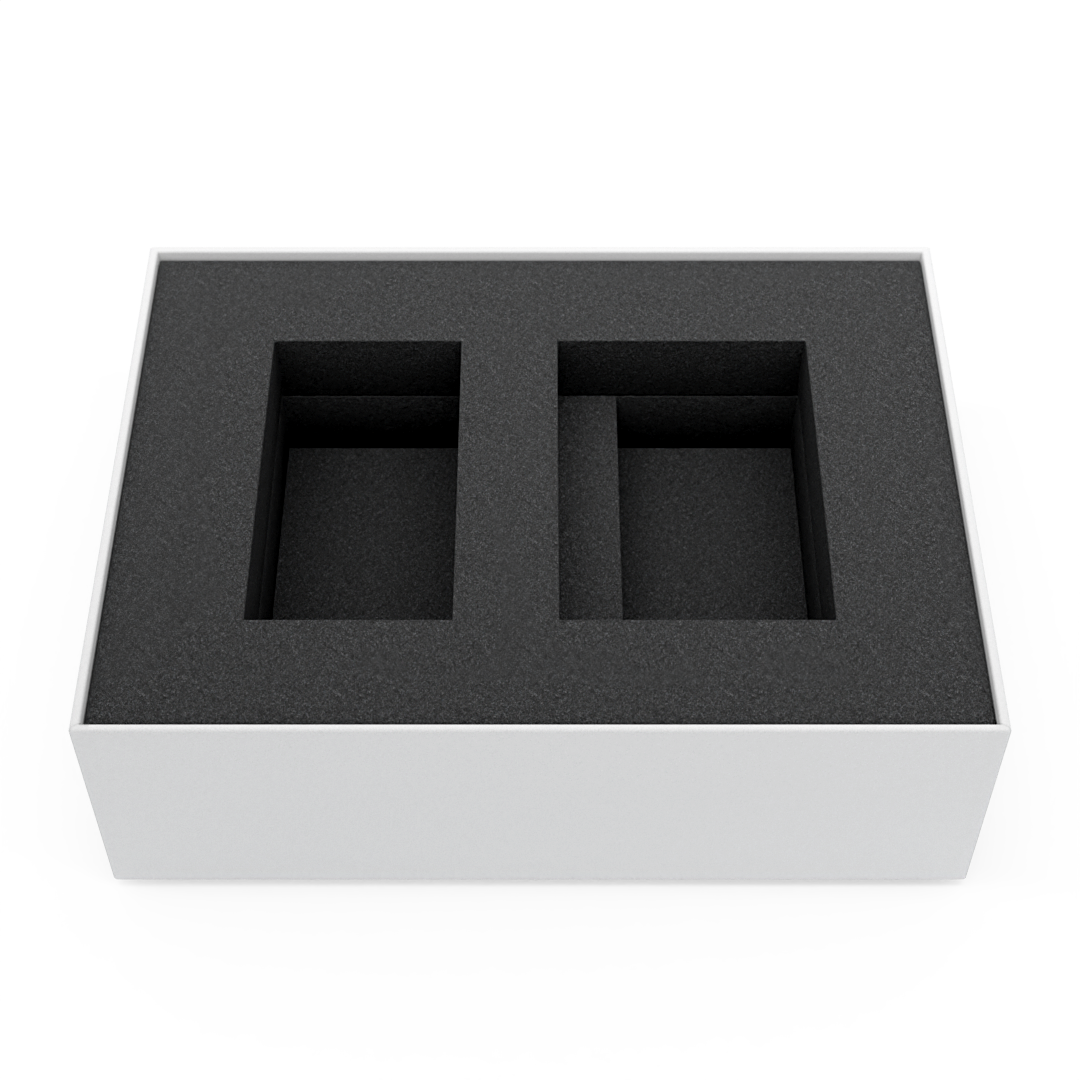
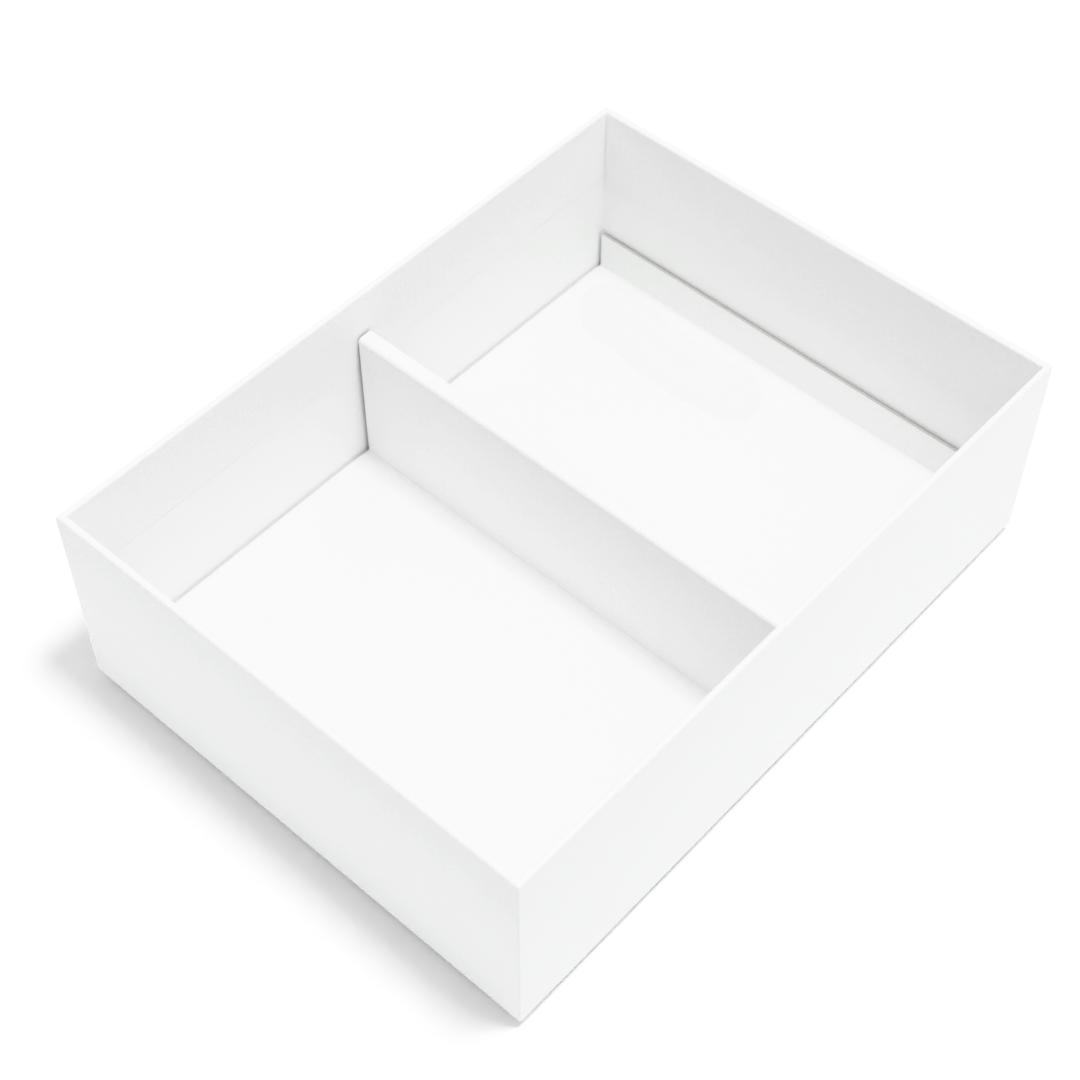
Leave a comment